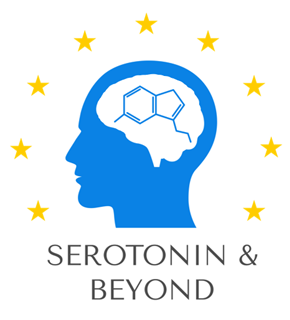Effects of an Oral Contraceptive on Dynamic Brain States and Network Modularity in a Serial Single-Subject Study
July 20, 2023
Hormonal contraceptive drugs are used by adolescent and adult women worldwide.
Increasing evidence from human neuroimaging research indicates that oral contraceptives can alter regional functional brain connectivity and brain chemistry. However, questions remain regarding static whole-brain and dynamic network-wise functional connectivity changes. A healthy woman (23 years old) was scanned every day over 30 consecutive days during a naturally occurring menstrual cycle and again a year later while using a combined hormonal contraceptive. Here we calculated graph theory derived, whole-brain, network-level measures (modularity and system segregation) and global brain connectivity (characteristic path length) as well as dynamic functional brain connectivity using Leading Eigenvector Dynamic Analysis and diametrical clustering. These metrics were calculated for each scan session during the serial sampling periods to compare metrics between the subject’s natural and contraceptive cycles. Modularity, system segregation, and characteristic path length were statistically significantly higher across the natural compared to contraceptive cycle scans. We also observed a shift in the prevalence of two discrete brain states when using the contraceptive. Our results suggest a more network-structured brain connectivity architecture during the natural cycle, whereas oral contraceptive use is associated with a generally increased
connectivity structure evidenced by lower characteristic path length. The results of this repeated, single-subject analysis allude to the possible effects of oral contraceptives on brain-wide connectivity, which should be evaluated in a cohort to resolve the extent to which these effects generalize across the population and the possible impact of a year-long period between conditions.
